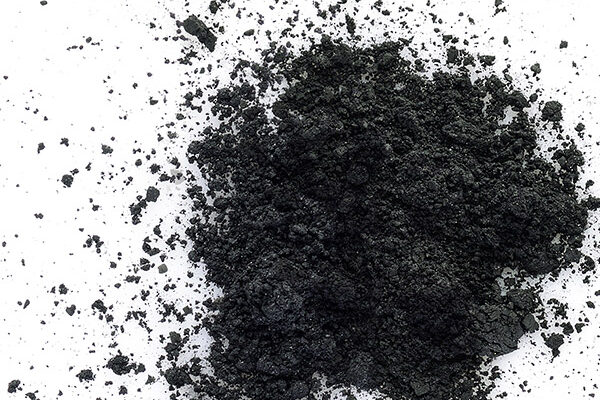A new filter to remove Arsenic in drinking water
Summary
The ImpAs sorbent is composed of a molecular receptor immobilised onto a resin. This novel material has a high adsorbing capacity which makes it unique for applications in point-of-use and point-of-entry water treatment systems to remove arsenic from contaminated water.
Background
Arsenic (As) in drinking water is threatening the health of people in more than 70 countries and it is estimated that 170 million people are being unknowingly exposed to unsafe levels of arsenic in drinking water. Many countries such as China and India have regulatory limits five times higher than the recommended WHO guideline (10 ppb). The most widely used methods for arsenic remediation are based on adsorption of arsenic on iron oxides. However, iron oxides suffer from fast saturation and poor selectivity, making them unsuitable for ground-waters with high concentration of competing anions and leading to the need of large amounts of sorbent. This makes it impractical to apply iron oxides in point of use devices.
These challenges are overcome by a new sorbent material, ImpAs. The sorbent comprises molecular receptor immobilised onto a resin (solid support) that removes arsenate and has greater regeneration capacity compared to existing sorbents.
Proposed solution
A team at Imperial College London has developed a novel sorbent material that enhances arsenic remediation in drinking water. The key features of this technology include:
- A molecular receptor is immobilized on to a resin to yield a functionalised material
- ImpAs demonstrates high affinity for arsenate over a wide range of pH, with highest affinity at pH7.
- 5 mg of ImpAs can adsorb twice as much arsenate (i.e. arsenic(V)) from natural groundwater compared to existing commercial materials such as Bayoxide E33. In waters with competing ions, ImpAs adsorbs three-fold more arsenate compared to Bayoxide E33.
- ImpAs can be easily regenerated and re-used; studies showed its capacity was not impaired after five desorption cycles.
Applications
The ImpAs resin can efficiently remove arsenate from drinking water. Therefore, a significantly smaller amount of sorbent material is needed to remove the same amount of arsenic than that required with iron oxides. This makes ImpAs a very useful material for point-of-use water filtration systems. Its applicability is further increased by its superior selectivity for arsenate over other competing anions. Furthermore since ImpAs has greater regenerative capacity, the media does not need to be changed often which makes it cost-effective.
Benefits
- High adsorption capacity for arsenate (i.e. arsenic (V)) from drinking water
- Efficient arsenate remediation at a wide range of pH values (pH 5 to 10)
- High selectivity to arsenate against common competing anions such as bicarbonate and sulphate
- High regenerative capacity
- Ideal resin for point-of-use and point-of-entry water treatment systems due to small amount of sorbent needed.
Intellectual property
ImpAs and methods of use for removing arsenic from aqueous solutions are protected by European and US patents: EP3154675 and US10479703B2






